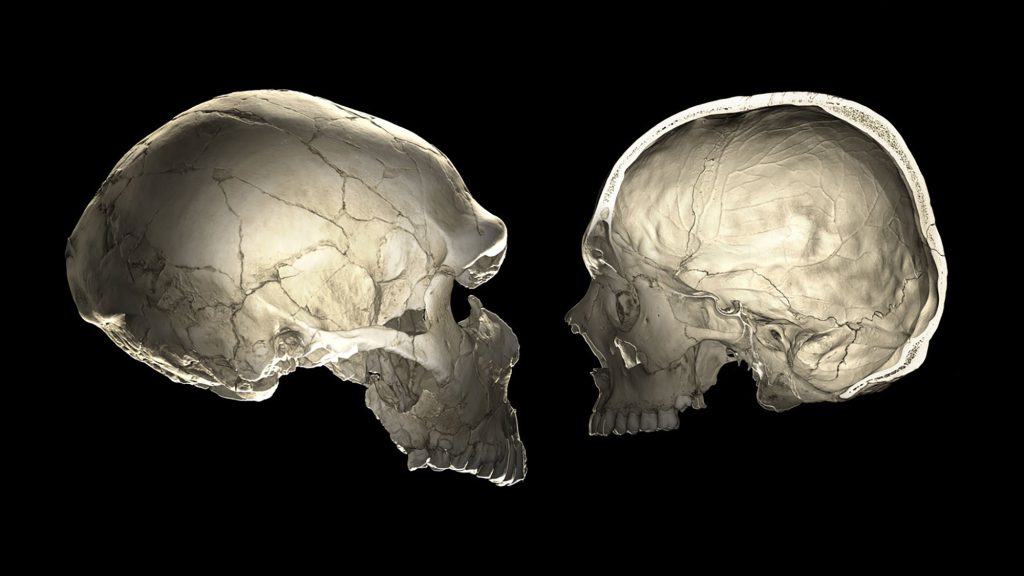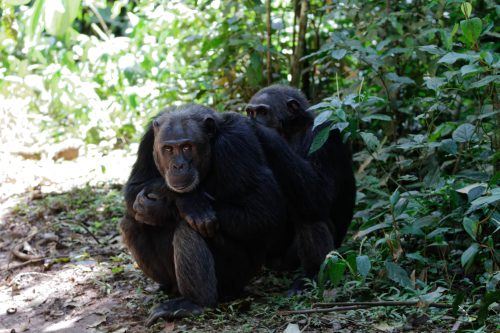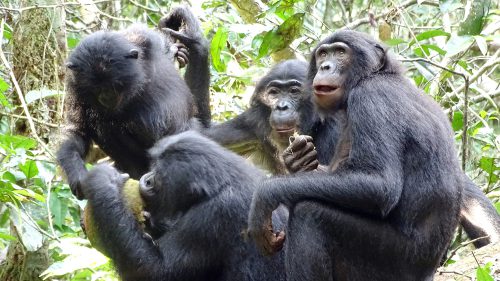Nonhuman Primate Diversity
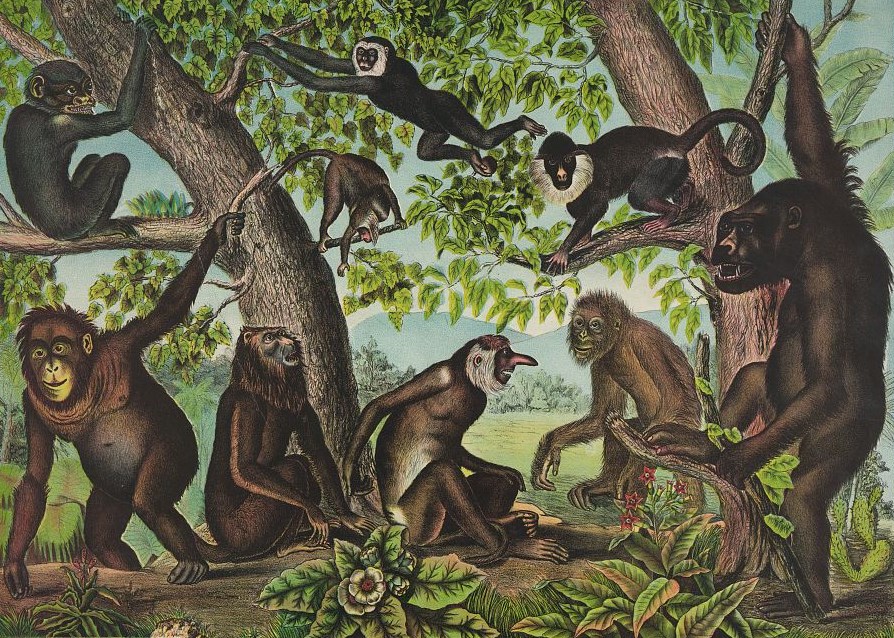
As members of the Primate order, modern humans share more genetic material with monkeys, lemurs, and apes than with other mammals. In this unit, students will learn about the diversity among nonhuman primates and what research has revealed about primate behavior, communication, and other social interactions.

Can “Made in China” Become a Beacon of Sustainability?

A Freediver Finds Belonging Without Breath

Baltimore’s Toxic Legacies Have Reached a Breaking Point

Spotlighting War’s Cultural Destruction in Ukraine

Reading the Future of an Amazonian Mine

Strange Future

What’s Behind the Evolution of Neanderthal Portraits

Celebrity Status Almost Ruined Ancient DNA Research

What Is “Natural” for Human Sexual Relationships?
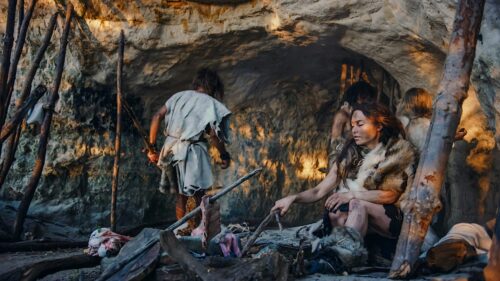
Dismantling the “Man the Hunter” Myth
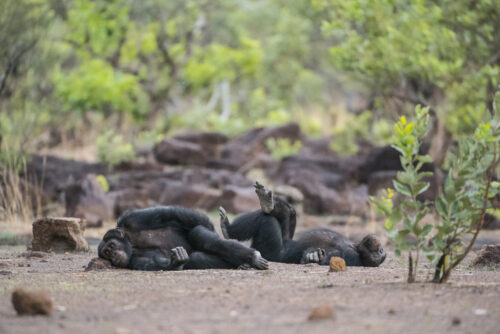
Spend a Day Tracking Chimpanzees

Extinguishing the Idea That Hobbits Had Fire
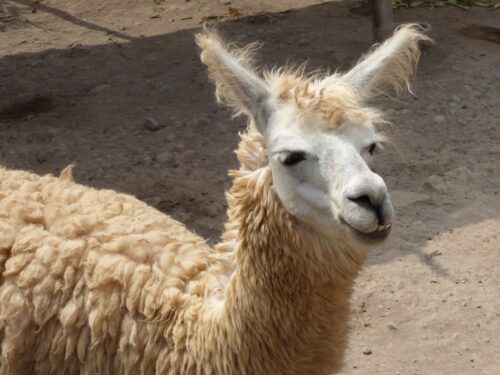
Unearthing Culinary Pasts—With Help From Llama Poop

Why These Hong Kong Urbanites Are Farming

Planting Seeds for a More Ethical Future

When Coffee Is Like Angel Cake With Strawberry Jam
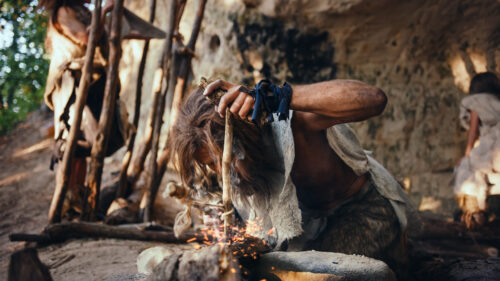
The Paleolithic Age Cooked Up Creative Chefs

Is a “Sweet Tooth” Genetic?
- Modern humans are members of the order Primates and share a large amount of DNA with others in this order, which includes lemurs, lorises, tarsiers, monkeys, and apes.
- Primates are distinguished by particular physical and behavioral traits: for example, forward-facing eyes, excellent vision, a post-orbital bar, dexterous hands, collarbones, five fingers on the hands and feet, small litters, and larger brains compared to other animals of similar sizes.
- As Homo sapiens, our closest living relatives are chimpanzees and bonobos.
- Studies on primate behavior show us what we have in common with other species in our order and where we differ in genetics, anatomy, and behavior.
-
Di Fiore, Anthony. 2003. “Molecular Genetic Approaches to the Study of Primate Behavior, Social Organization, and Reproduction.” American Journal of Physical Anthropology 122 (37): 62–99.
-
Reed, Kaye E., and Laura R. Bidner. 2004. “Primate Communities: Past, Present, and Possible Future.” American Journal of Physical Anthropology 39: 2–39.
- What is the role of the environment in primate diversity?
- How does competition with non-primate animals impact primate behavior?
- What have you learned about kinship relationships in primate groups? Are there factors that might be more important than social relationships in determining how certain species, such as chimpanzees, interact with one another?
- What do the readings say about the nature of primate communication?
- Discuss what you have learned about sharing and cooperation among the primate groups you have read about.
- Have students watch Jane Goodall’s TED Talk “What Separates Us From Chimpanzees?” and write a one-page response.
- See various activities: Introduction to Primates.
-
Documentary: National Geographic’s Jane
-
TEDx Talk: Frans de Waal’s “Moral Behavior in Animals”
-
Video: Nova’s “First Primates”
-
Website: Early Primate Evolution
Eshe Lewis (2020)
Early Homo Sapiens
